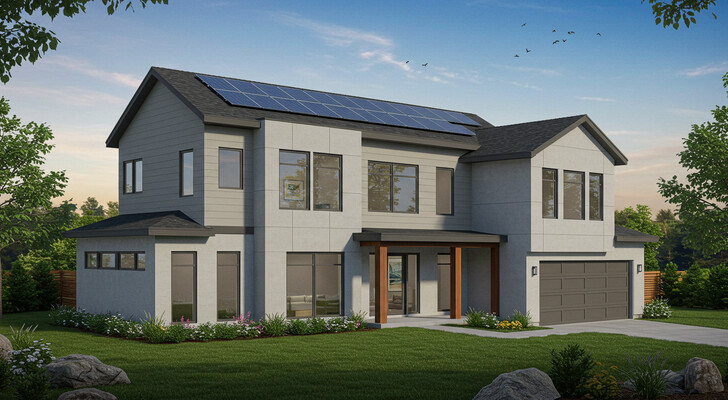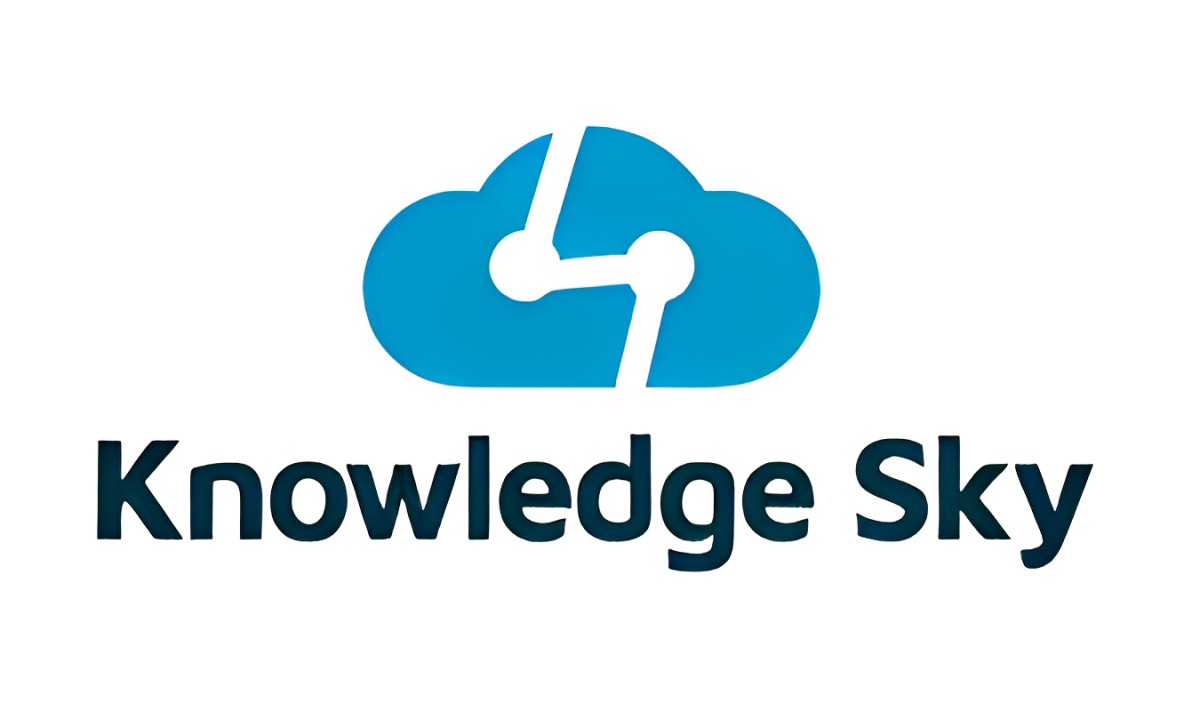
If you’re thinking about buying a new home in 2025, you’re at a crossroads of fresh design thinking, eco-friendly innovations, and a housing market that is finally giving buyers more choices. Trends this year are not just about aesthetics, they are about smarter living spaces, greener materials, and homes built to last. Meanwhile, the cost of new homes across the U.S. is revealing some interesting shifts that every buyer should watch.
Let’s explore the big design trends shaping new homes and the latest price insights across major U.S. metro areas.
2025 New Home Design Trends
- Sustainability Becomes the Standard: Eco-friendly design is now expected, not optional. New homes in 2025 feature low-carbon materials, efficient HVAC systems, and roof designs ready for solar or green installations. Brick makes a comeback for its durable and thermal properties, while reclaimed wood, bamboo, and metal are popular for combining sustainability with visual appeal. Builders are also focusing on resilience. Homes now often include storm-resistant features or fire-safe materials to handle whatever nature brings.
- European Flair with Timeless Appeal: Model home tours these days often include classic European design features. Steep roofs, elegant archways, and stone-clad exteriors are bringing charm and durability to new builds. These timeless touches stand out and elevate neighborhoods full of similar designs.
- Adaptable Spaces for Modern Living: Our lifestyles have changed, and homes are adapting. Floor plans are now multi-purpose, such as home offices that double as guest rooms or dining areas that can transform into hobby spaces. Ceilings are joining the style conversation too, with textured or colored treatments that add visual interest instead of remaining forgotten.
- Japandi Warm Minimalism: The Japandi aesthetic, a blend of Japanese simplicity and Scandinavian coziness, continues to be a favorite. Think clean, minimalist interiors accented with natural wood tones, soft textiles, and warm lighting that creates inviting, clutter-free spaces.
How Much Does a New Home Cost in 2025?
The cost of new homes in 2025 reflects both market adjustments and shifting buyer priorities. Across the U.S., new construction prices are gradually declining, creating an intriguing opportunity for those looking to invest in a brand-new property without paying the premium often associated with resale homes.
Key Price Points
- Median U.S. home price (all types, Q2 2025): $410,800
- Median price for new homes (June 2025): $401,800, roughly 3% lower than last year
This decline is noteworthy because it contrasts with the relatively stable or rising prices of existing homes. Buyers are increasingly finding that newly built properties are competitive, offering modern layouts, energy-efficient systems, and high-quality materials at prices that were once reserved for resale homes in less desirable areas.
Market Trends and Regional Differences
New-home prices are adjusting due to a mix of supply, demand, and regional factors. Builders are completing more projects, which expands listings and gives buyers additional options and leverage. At the same time, caution around mortgage rates and economic uncertainty has tempered bidding activity. Coastal tech hubs and top-rated school districts continue to command premiums, while suburban and emerging markets are offering more accessible price points.
Historically, new homes have carried a premium over resale properties due to construction costs, builder margins, and the appeal of modern designs. In 2025, that gap is narrowing. Buyers in the Midwest or Southeast may find new builds priced only slightly higher than older homes with similar square footage. Coastal cities still carry higher premiums, but these can be offset by energy savings, lower maintenance, and smart-home features.
Practical Implications for Buyers
Even when a new home costs slightly more upfront, lower utility bills, reduced maintenance, and energy efficiency can make it more affordable over time. Expanded inventory also gives buyers more negotiation power, particularly for homes that have been on the market for several months. Pre-construction or semi-custom options allow personalization of layouts, finishes, and eco-friendly upgrades, sometimes at lower prices than fully built, move-in-ready homes.
Experts advise monitoring mortgage rates, local supply, and demand trends closely. Regions with growing job markets, particularly in tech, healthcare, and education, may see faster appreciation. For cost-conscious buyers, exploring suburban or secondary metros often yields the best value for new construction, combining modern amenities with more manageable price points.
Metro-by-Metro Breakdown of Home Prices in 2025
- San Jose, CA: $1.626 million, highest-priced U.S. metro
- San Francisco, CA: $1.181 million, slight drop from 2024
- Los Angeles, CA: $1.15 million, among most expensive metros
- Toledo, OH: $195,900, most affordable metro based on 2025 data
- Buffalo, NY: rising about 3% in 2025, hottest housing market by growth
- Austin, TX: $556,340, down about 2.9%, one of the few metros with recent price decline
- Tampa Bay, FL metro: $362,150, down nearly 6%, significant decline in this region
- Manchester-Nashua, NH: $600,000 (June listings), mid-priced in context with strong regional demand
Top 10 Best Cities to Buy in 2025
For buyers looking for affordability, growth potential, or lifestyle perks, the top cities in 2025 include Austin, TX; Buffalo, NY; Tampa Bay, FL; Manchester-Nashua, NH; Raleigh-Durham, NC; Columbus, OH; Phoenix, AZ; Boise, ID; Charlotte, NC; and Indianapolis, IN.
These cities offer a mix of strong markets, emerging neighborhoods, and investment opportunities. Austin and Raleigh-Durham appeal to tech and research professionals, Buffalo and Columbus are showing steady appreciation, Tampa Bay offers more negotiation power with slightly cooling prices, and Indianapolis and Toledo remain highly affordable. Buyers can benefit from evaluating suburban areas, new developments, and pre-construction options to maximize value and long-term potential.
Tips for Buying a New Home in 2025
Buying a home in 2025 requires smart planning and awareness of market trends. Start by researching local neighborhoods to understand pricing, school quality, and long-term growth potential. Compare new builds versus resale homes, as new construction may offer energy-efficient features and modern layouts at competitive prices.
Check mortgage rates carefully, as even small differences can impact monthly payments significantly. For buyers on a budget, consider emerging suburbs or smaller metro areas where inventory is growing and prices are more affordable. Look for pre-construction or early-stage developments, which can offer incentives, customizable options, and potentially lower prices before the market adjusts. Taking a thoughtful, informed approach can make the difference between a good purchase and a great investment.
Final Thoughts
In 2025, the new-home market in the U.S. is a mix of innovation, resilience, and opportunity. Design priorities are aligned with sustainable, adaptable, and timeless aesthetics. Pricing shows a subtle shift, with new homes offering more value relative to existing ones. Inventory and rate trends are easing buyer friction, while regional cost differences highlight both affordability opportunities and market extremes. Planning a move or researching for a blog series? Developing in-depth regional guides or customized city comparisons can help buyers make smarter decisions.


